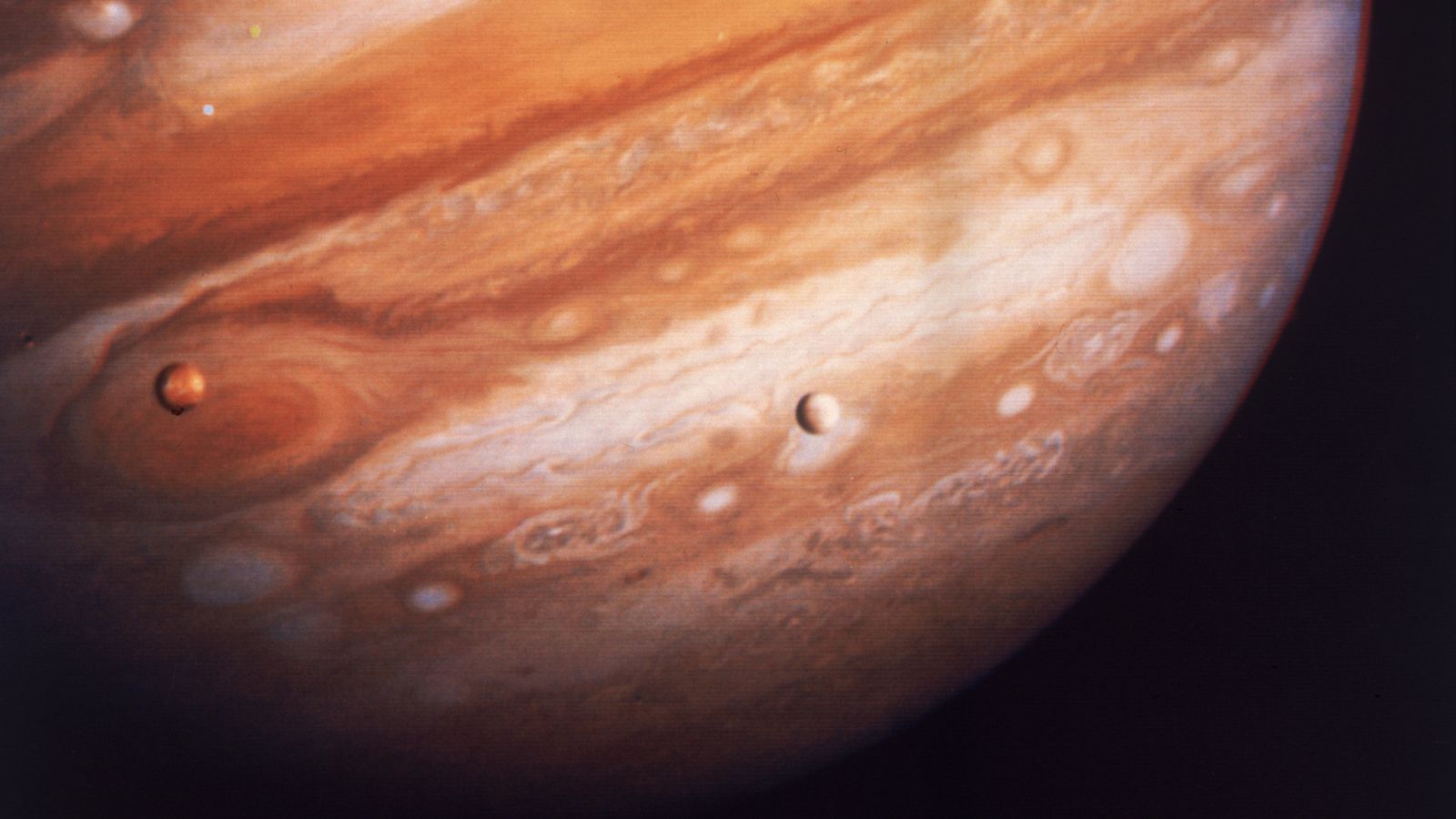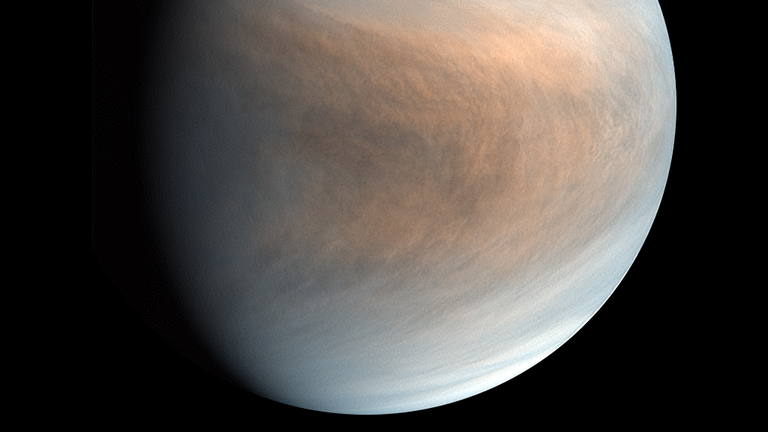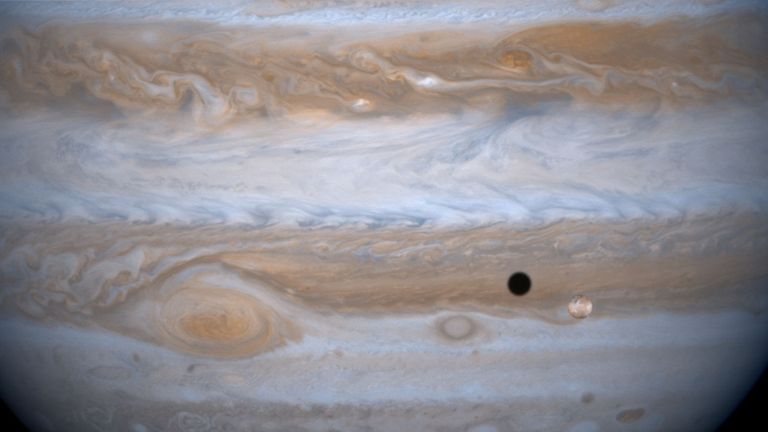The availability of water in Jupiter’s clouds could support Earth-like life, new research suggests.
However the researchers believe that water conditions in the clouds of Venus means that it is unlikely that colonies of living microbes thrive there, contradicting previous research.
Their study follows an announcement last year in which scientists discovered phosphine gas in the high clouds on Venus, a molecule which is produced on Earth by microbes that live in similar oxygen-free environments.
New research published in the journal Nature Astronomy pours cold water on these claims, noting that the planet’s clouds are mainly composed of sulphuric acid which would destroy the cellular structures that support life.
Dr John Hallsworth, from Queen’s University Belfast, explained that the effective concentration of water molecules in the clouds of Venus was more than 100 times too low to support even the most resilient microorganisms on Earth.
“It is almost at the bottom of the scale and an unbridgeable distance from what life requires to be active,” Dr Hallsworth added.
But the team also discovered that the clouds of Jupiter “actually have the right temperature and water activity combination to support active life”. He added: “We absolutely hadn’t expected that.”
As part of their study, the researchers looked at data from various scientific probes sent to different planets in the solar system.
Dr Hallsworth said: “I am not suggesting there is life on Jupiter… it would need the right nutrients to be there and I am not sure of that. Life doesn’t only need a nice temperature and water availability to be active.
“But still, it is a profound and exciting finding and totally unexpected,” he added.
Professor Christopher McKay, a NASA researcher and co-author of the paper, said the findings for Venus were “unfortunate” because he was “very interested in searching for life on other worlds”.
He added: “Its also unfortunate that our conclusions are based directly on measurements – it is not a model with assumptions so it is hard to imagine that the results will change as we do further exploration.”
But the team believes that their methods for identifying water activity on planets could be used beyond our own solar system, and potentially enable the discovery of alien life.


